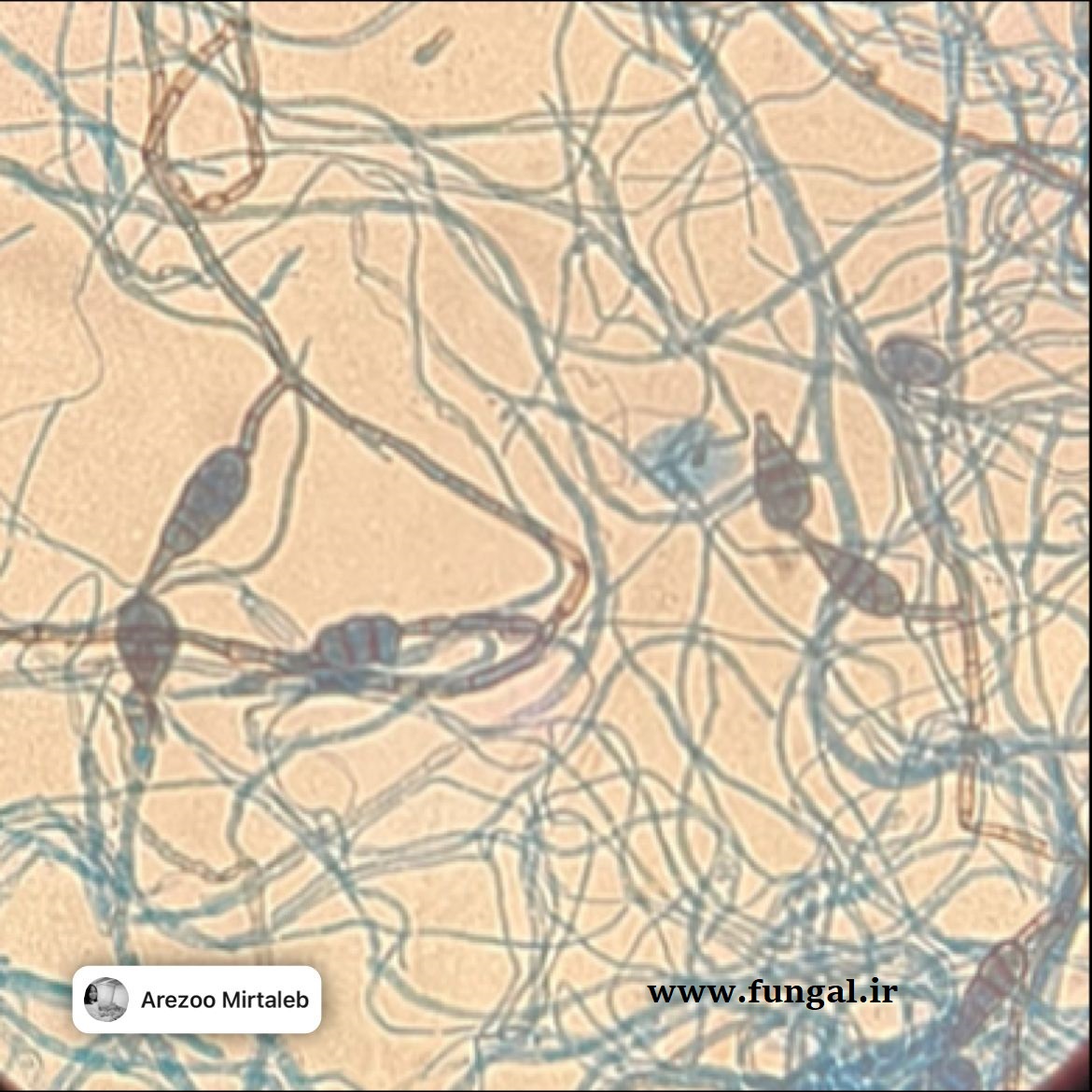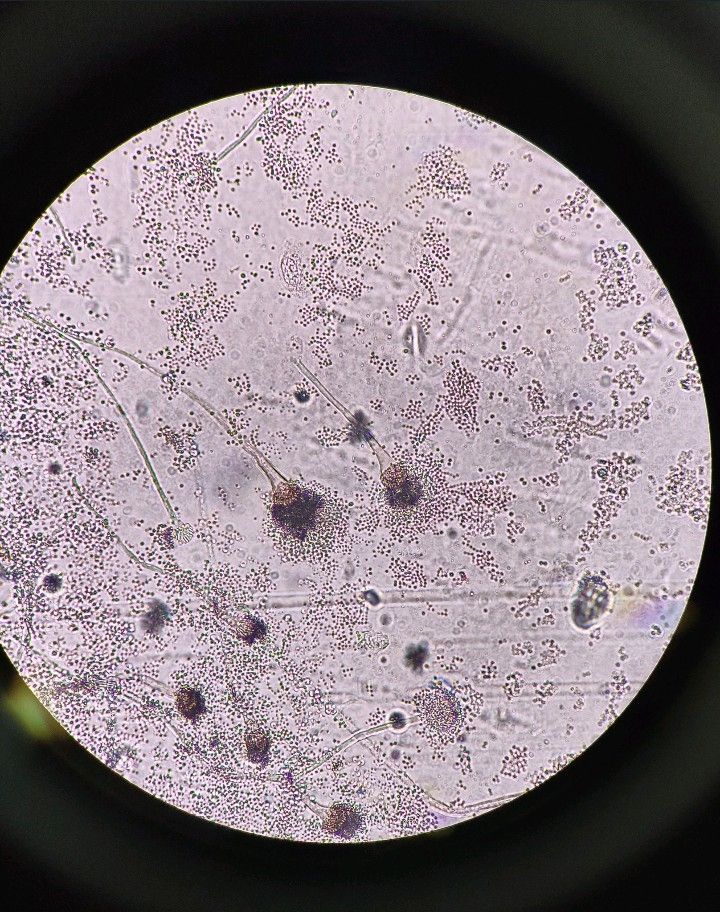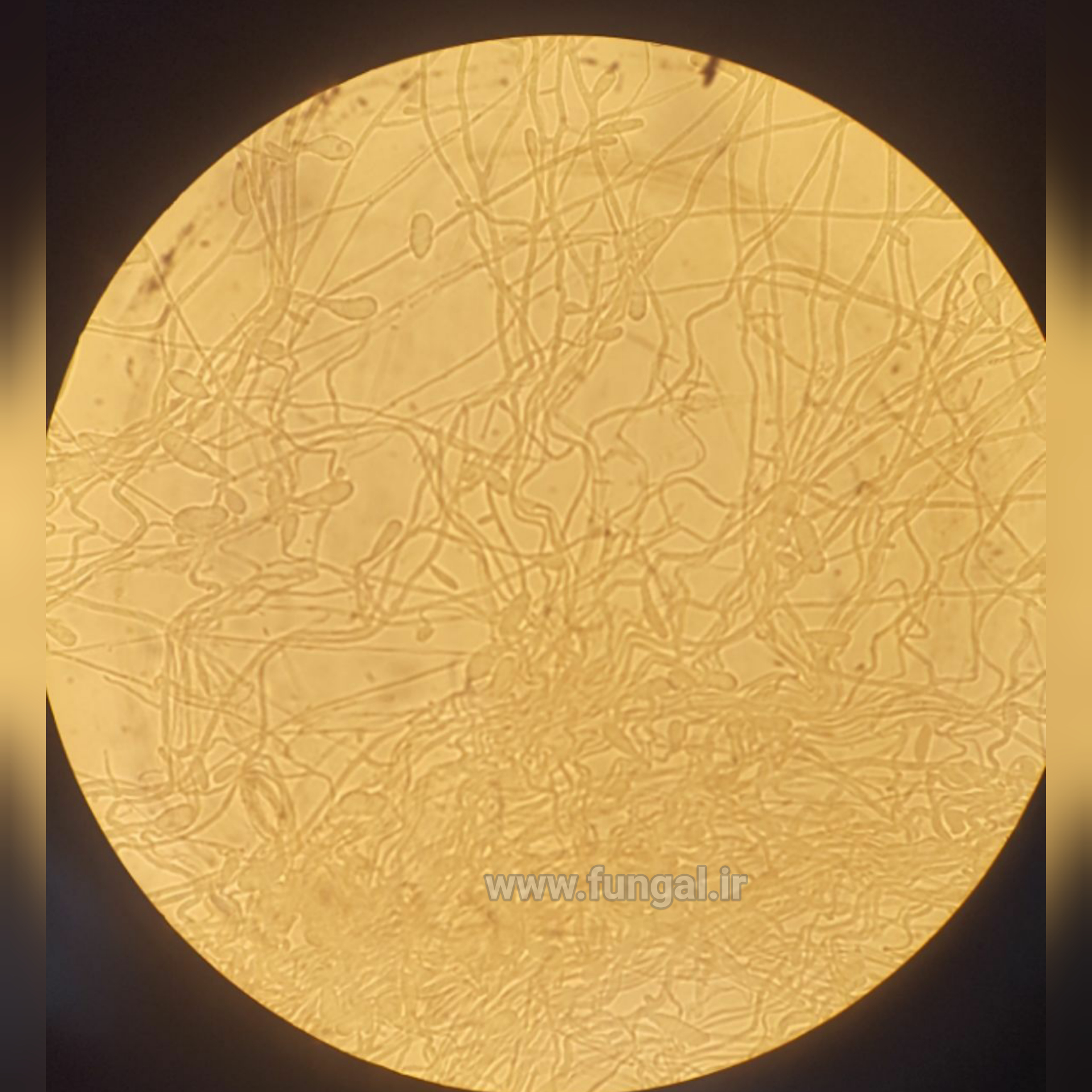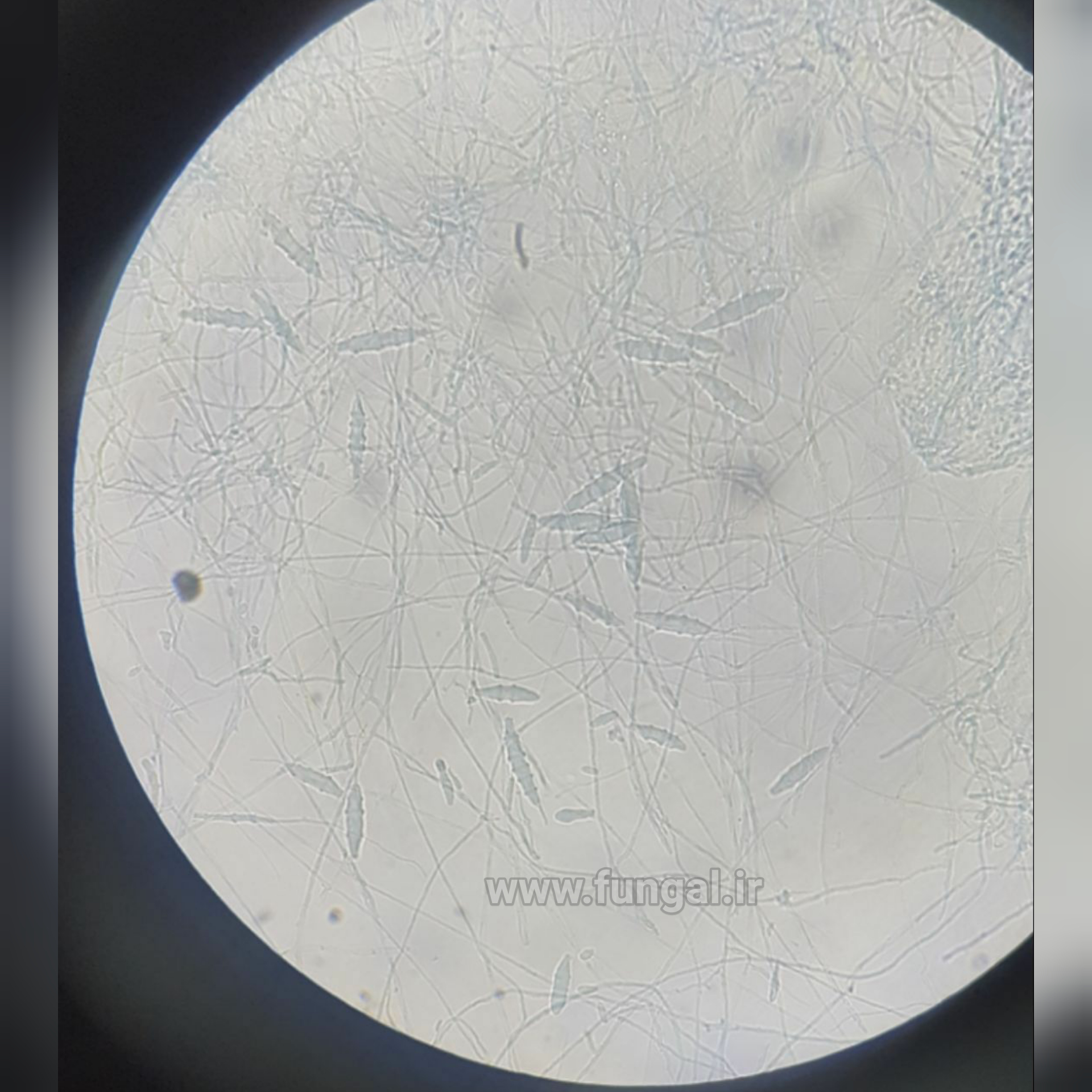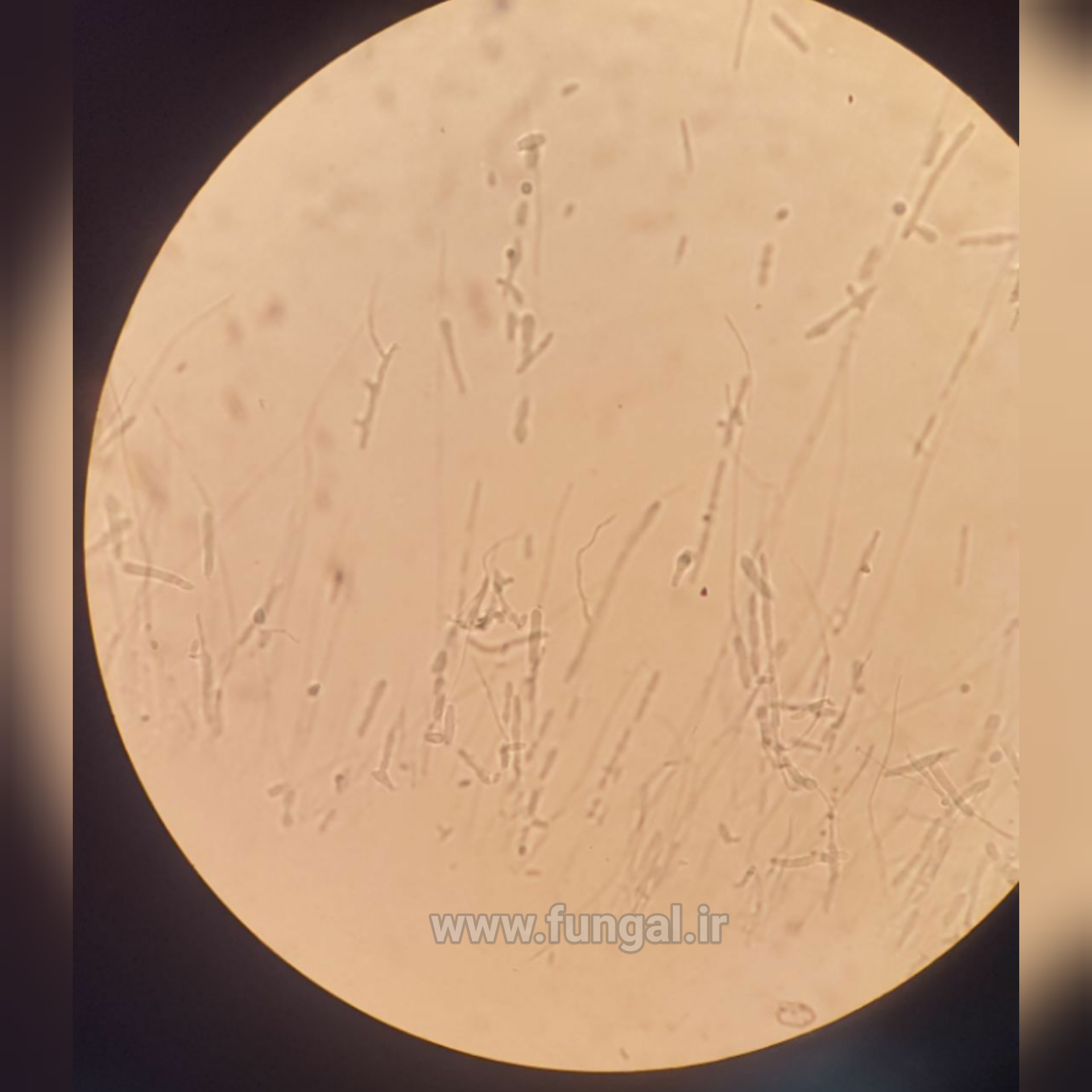Penicillium (/ˌpɛnɪˈsɪliəm/) is a genus of ascomycetous fungi that is part of the mycobiome of many species and is of major importance in the natural environment, in food spoilage, and in food and drug production.
Some members of the genus produce penicillin, a molecule that is used as an antibiotic, which kills or stops the growth of certain kinds of bacteria. Other species are used in cheesemaking. According to the Dictionary of the Fungi (10th edition, 2008), the widespread genus contains over 300 species.[2]
The genus was first described in the scientific literature by Johann Heinrich Friedrich Link in his 1809 work Observationes in ordines plantarum naturales; he wrote, "Penicillium. Thallus e floccis caespitosis septatis simplicibus aut ramosis fertilibus erectis apice penicillatis", where penicillatis means "having tufts of fine hair".[3][4] Link included three species—P. candidum, P. expansum, and P. glaucum—all of which produced a brush-like conidiophore (asexual spore-producing structure). The common apple rot fungus P. expansum was later selected as the type species.[5]
In his 1979 monograph, John I. Pitt divided Penicillium into four subgenera based on conidiophore morphology and branching pattern: Aspergilloides, Biverticillium, Furcatum, and Penicillium.[6] Species included in subgenus Biverticillium were later merged into Talaromyces.
📸 Arezoo Mirtaleb
www.fungal.ir
www.fungal.ir







